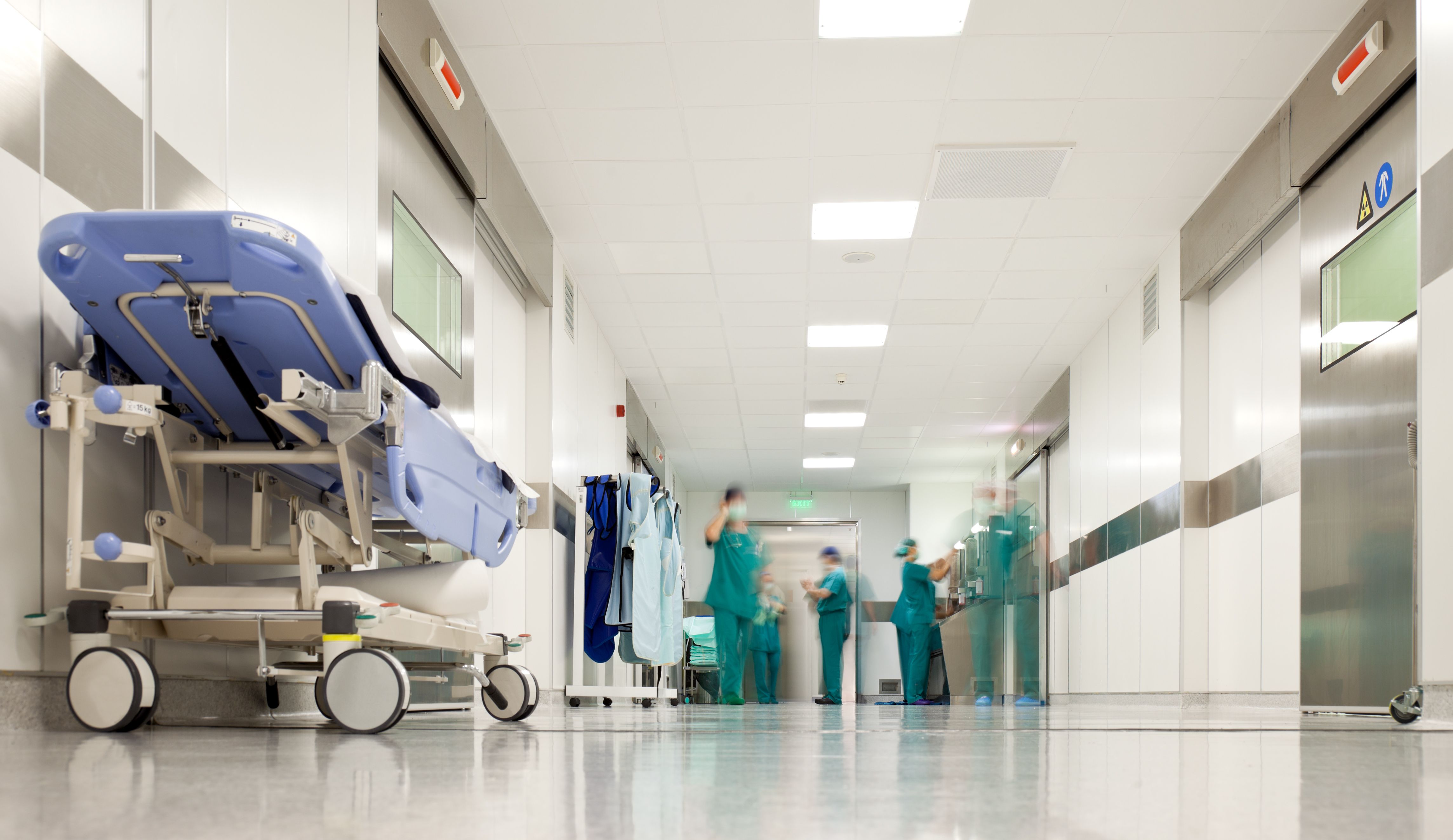News
Video
Dr Susan Spratt Discusses Diabetes Management Services at Duke Health
Author(s):
Susan Spratt, MD, senior medical director, Duke Population Health Management Office, breaks down the the prevalence of diabetes in the United States and discusses current diabetes initiatives at Duke Health.
There has been a dramatic increase in the prevance of diabetes and prediabetes in the United States, says Susan Spratt, MD, senior medical director, Duke Population Health Management Office, and associate professor of medicine, Division of Endocrinology, Metabolism, and Nutrition.
Transcript
What is the current prevalence of diabetes in our population, and how has it changed over the past decade?
Eleven percent of Americans have diabetes, that's 37 million people, and a fourth don't even know they have it. Ninety-six million people, 38% of the population, have prediabetes, and about 1 in 10 of people with prediabetes convert to diabetes within a year.
In comparison, in 1989, about 6.7 million people reported that they had diabetes. Maybe a little bit of that was underdiagnosis, but that was only 2.7% of the population. We've seen a dramatic increase in the rise of diabetes and prediabetes.
And diabetes causes devastating complications that are quite costly. In fact, the estimated cost of diabetes was $380 million in 2017, and that was nearly 6 years ago. So, figuring out how to prevent diabetes, improve diabetes, and glycemic control, and reduce complications from diabetes is essential, not just for cost, but for individuals who may be facing some of these complications.
Are there any initiatives in place at Duke Health to improve access to diabetes management services, particularly for underserved populations?
One of the biggest things we do at Duke is for all of our patients with diabetes: If they haven't had an appointment in 6 months, we reach out and try to get them scheduled to see their primary care provider. We do that at Duke PHMO [Duke Population Health Management Office], but the individual practices also have MyChart campaigns and texting campaigns to reach out to patients who have missed appointments and who really need to get in. And we see gaps in care close when patients see their primary care doctor. So number one is seeing your primary care doctor or your endocrinologist, if your endocrinologist helps you manage your diabetes.
The second thing we do is we offer care management to patients with diabetes regardless of payer; so we're payer agnostic for our care management program at PHMO. The provider does have to put in a referral and then the patient will need to accept and actually keep the visits. The visits are virtual, they're not in person.
And the third thing is, we do have diabetes education classes and nutrition that are associated with our primary care offices and our endocrinology offices. And again, you do need a referral from your doctor or diabetes provider to get an appointment, but those different things and services that we have for patients are super important. Unfortunately, they’re underutilized.





